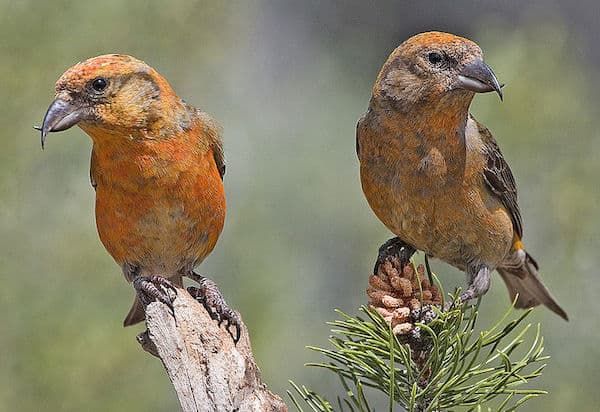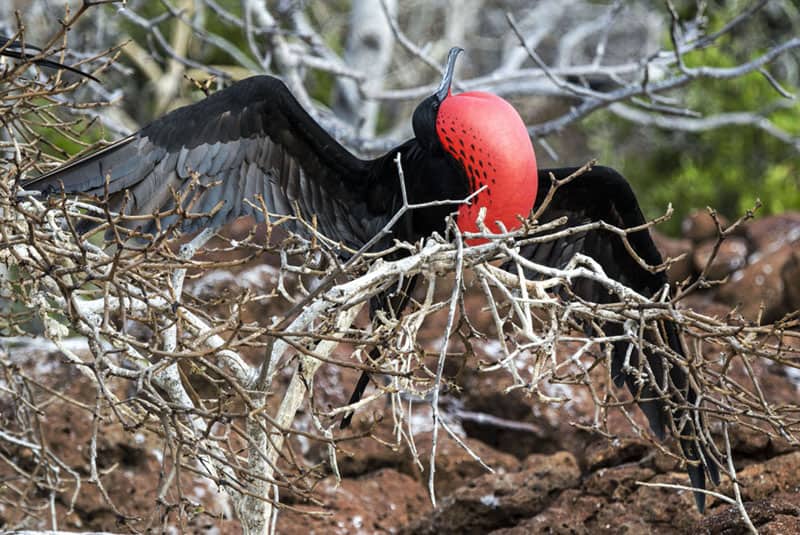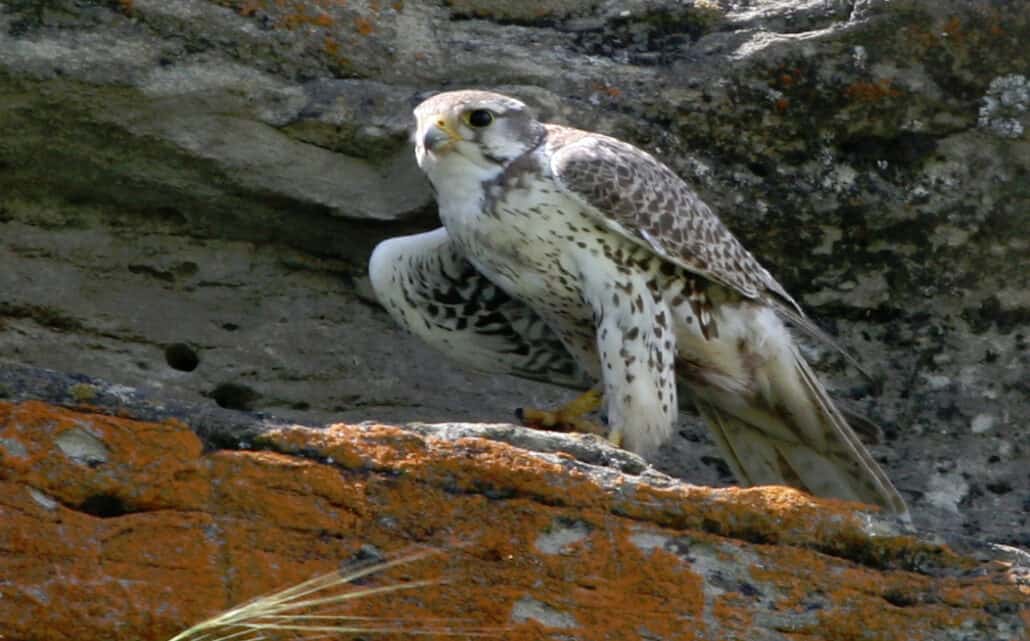Winter Birds of North Carolina (December, January, February)
Though many people think of winter as “downtime” for birders, it really isn’t so. It’s true that birds are quieter at this season; songbirds do not greet the day with melody as they do in spring, and when the weather is cold and food is in short supply they don’t even chatter to each other as much as they do at other seasons. Why waste the energy? Yet they are here, hordes of them, resident birds and winter visitors alike. You can go out looking for them or you can attract them to your backyard with seed and suet. Either way you should find plenty to see.
If you go out searching for birds in the woods, bear in mind that in winter the smaller woodland birds tend to travel in flocks, so you will find many of them together or you will probably find none at all. Listen for the chickadees, because they will alert you to the presence of one of these nomadic little bands. Titmice, nuthatches, woodpeckers, blue jays, cardinals, kinglets, and the occasional hermit thrush may round out a typical mixed woodland flock. It is theorized that the birds find protection in togetherness — each one in a group being, perhaps, less vulnerable to attack from a sharp-shinned or Cooper’s hawk than it would be if it were traveling alone. Or it may be that they have found that they have a better chance at finding food when moving around together. Whatever their reason, the method works.
At woodland edges and in other scrubby, brushy habitats, you are more likely to find such birds as sparrows and finches that like to eat weed seeds at this season. Sparrows are fun to search for in winter, because there are so many different kinds to see and their differences are subtle, making identification something of a challenge. You can really hone your birding skills on sparrows.
Coastal birders still have an amazing variety of birds to enjoy during the winter season. The panorama of waterfowl changes daily, with common birds shifting locations and the possibility of a rarity never far away. Gulls are ever-present, hardy terns remain in many places, and tiny shorebirds of several species defy the cold waters as they make their living in total disregard of the temperature. A few herons and egrets still scan the inlets and bays looking for prey. With patience a birder may spy gannets, loons, or pelicans offshore. Sedge wrens and marsh wrens hide in wet edges. Rails ply the marshes. There is birdlife everywhere, and whatever the weather there are birders out there looking for it.
From mid-December to early January birders all over the country participate in the annual Christmas Bird Count, sponsored by the National Audubon Society. Records of past CBCs are now available on the National Audubon Society’s website, and perusing the North Carolina counts for the past few years can give you a good overview of what to expect in each area. Joining a count in your home territory is a good way to get field experience with more advanced birders.
For a few birds, winter is the beginning of the breeding season. Great horned owls are notoriously early nesters, with pairs courting in December and actually laying eggs by January in many cases. Through the coldest days the female horned owl incubates her clutch, sometimes enduring snow and ice but never shirking her duty. Her stalwart presence is even more necessary when the owlets are first hatched and at their most vulnerable. The male owl does his part, keeping them fed, and by the time the sun begins to warm up again in March, the young owls are ready to take on the world.
The woodcock is another species that begins the courtship process in midwinter. Though they don’t lay eggs as early as the owls do, the woodcocks begin displaying before many other species. Males may be heard issuing their nasal calls at lower elevations in the state as early as January, especially on mild nights, and even in the mountains the process is under way by mid-February in most years.
Resident land birds start to sing on sunny days in January, even when the temperature is quite low. Cardinals, Carolina wrens, and titmice are among the first to announce themselves, their exuberant songs ringing from the tops of the tallest trees. Soon house finches, mockingbirds, bluebirds, and the whole panoply of backyard species joins them. Their melodies may be only occasional at first, and certainly not as varied or persistent as they will be in spring, but they brighten a birder’s spirit now as in no other time.
Although most waterfowl activity in the state is concentrated in the coastal region, lakes of any size in the piedmont or mountain counties may attract ducks and other water birds throughout the winter. Among the more common inland species are ring-necked ducks, buffleheads, hooded mergansers, pied-billed grebes, and coots, but any species that are present elsewhere in the Carolinas may turn up from time to time. Try to discover which lakes in your neighborhood are favored by ducks (some are much more popular than others, for a variety of reasons) and visit often to view the changing scene.
Bird feeding at home is, of course, almost everyone’s favorite winter birding exercise and it can be rewarding for both birds and birders. The species you’ll attract will depend on many things, from what part of the state you live in to the type of property you own, as well as such uncontrollable variables as whether it’s a good finch year, how severe the winter is in the northern states, and whether you’re lucky enough to be in the path of a western hummingbird. Offer a wide range of foods and see what happens.
One thing that may surprise people about birding in winter is the fact that it’s actually the easiest time to begin the hobby of birding. Apart from the coast, where birding is always challenging, winter birding is slower-paced than it is at other times, giving a novice a better chance to learn a few species well and thereby create a base of knowledge to build upon when the deluge of spring migration comes. If it’s winter when you read this and you are thinking of starting, don’t wait a minute longer. Put up a bird feeder, buy a field guide and a pair of binoculars, and get going!




